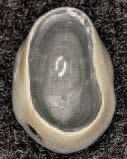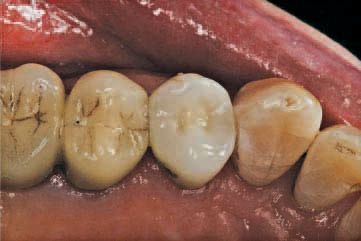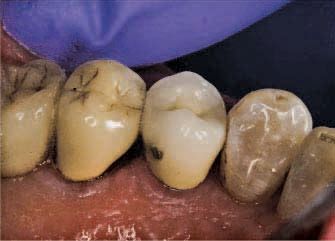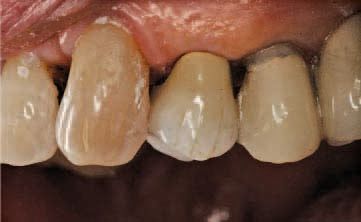Technique Step-by-Step: How to cement restorations
Today’s dentistry allows us to offer a multitude of dental restorations to our patients. Our challenge as dentists is finding a predictable cementation protocol that will work with a majority of these restorations and also one that’s simple and stress-free.
Today’s dentistry allows us to offer a multitude of dental restorations to our patients. Our challenge as dentists is finding a predictable cementation protocol that will work with a majority of these restorations and also one that’s simple and stress-free.
Bisco’s BisCem® and Z-Prime™ Plus, when used in combination, will help ensure a predictable and successful outcome every time.
BisCem is a dual-cured self-adhesive resin cement that’s designed to cement crowns, bridges, inlays, onlays and posts. BisCem also has been designed to bond to a multitude of dental substrates such as metals, composites, porcelain and amalgam, thus eliminating the need to etch and bond the prepared dental surface.
Additionally, it has a low film thickness, which ensures the restoration is completely seated, is formulated with glass ionomer benefits (fluoride release) with resin cement strength and is a radiopaque material that’s easily identified on radiographs.
Bisco recently introduced Z-Prime Plus to allow for cohesive adhesion to oxide-based materials (zirconia, alumina and metal). Z-Prime Plus is a single- bottle priming agent and when applied to a retentive preparation will double the bond strength of BisCem to zirconia, alumina and metal.
Z-Prime Plus also can be used when preparations are short/tapered, non-retentive to increase the adhesion retention rate between the restoration and resin cement.
BisCem’s technique for placement is streamlined and the product can be used for a wide variety of cementation indications to help meet the challenges we currently face in our practices each day. BisCem and Z-Prime Plus are optimized for use with one another to help save dentists time and money while increasing patient satisfaction.
Case presentation
A pre-operative view of the case is provided in Fig. 1 (above).
Step 1
Remove the temporary restoration and all temporary cement residue. Clean the preparation with pumice and water. Rinse thoroughly (Fig. 2 above).

Step 2
A zirconia crown is prepared and positioned on a model (Fig. 3).
Step 3
Clean the internal surface, rinse and air dry. Then apply Z-Prime Plus (Fig. 4).

Step 4
Apply BisCem to the internal aspects to the crown and seat the restoration (Fig. 5).
Step 5
Light cure for 3-5 seconds and remove excess cement. Then light cure for 20-30 seconds. The occlusal view of the restoration after clean-up is shown in Fig. 6.

The lingual view of the restoration after clean-up is shown in Fig. 7. The final restoration is shown in Fig. 8.


